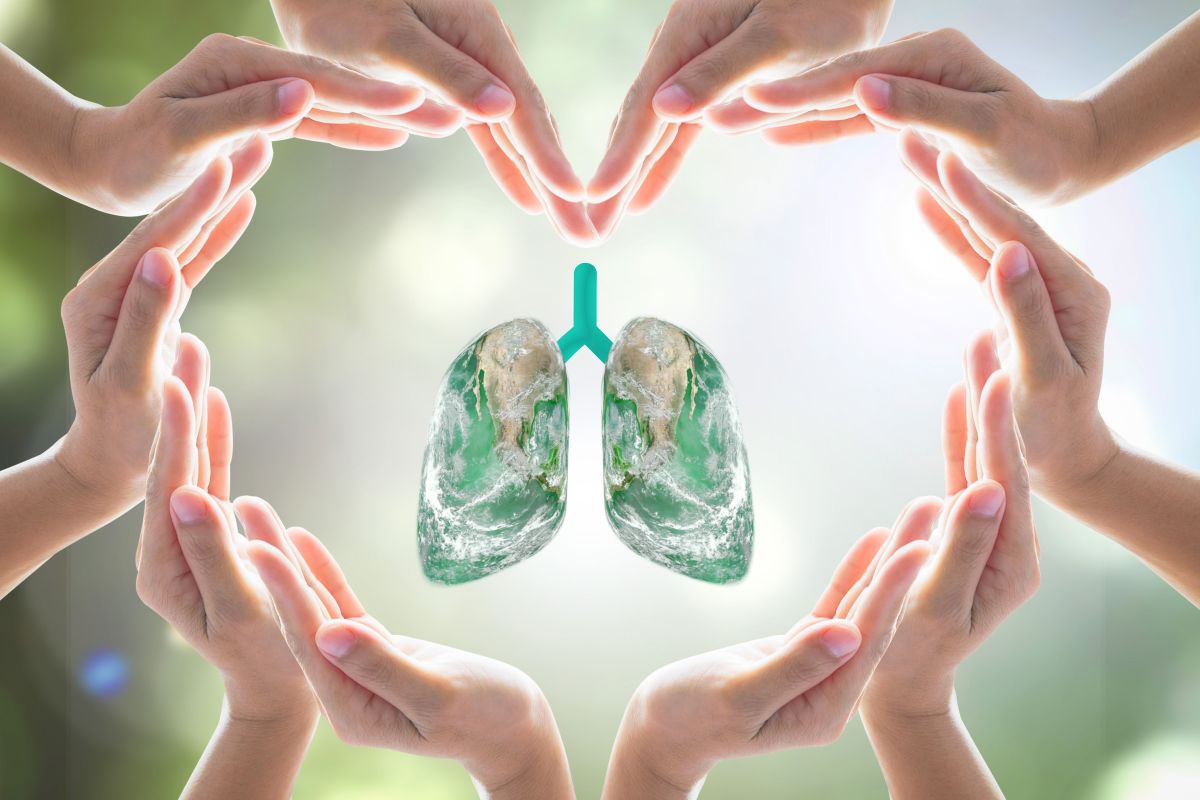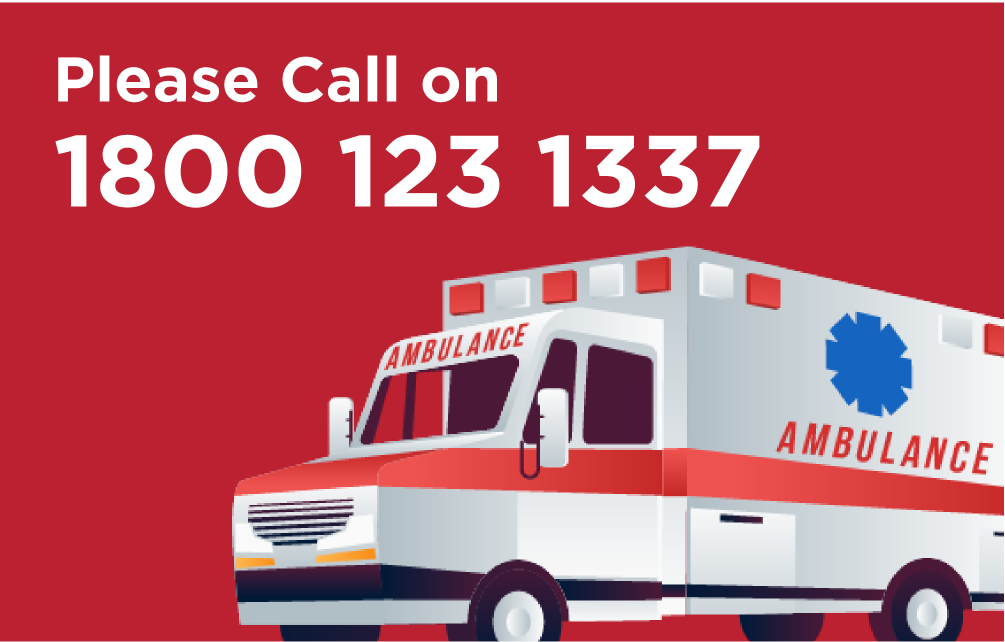COPD – Symptoms, Causes & Treatment

Understanding COPD
Chronic obstructive pulmonary disease, also commonly known as COPD, refers to a host of progressive lung disorders that make breathing difficult. About 65 million people worldwide suffer from mild to severe COPD and an estimated 12 million more are living with it unaware. Smoking tobacco is among one of its leading causes, though long-term exposure to chemical irritants can also lead to COPD. Tests that help in diagnosing the condition include lung (pulmonary) function tests, CT scan, chest X-ray, arterial blood gas analysis and some other laboratory tests.
Common Symptoms of COPD
The most noticeable symptom of COPD is difficulty in breathing. While early symptoms are easy to manage, the condition worsens over a period and immediate medical assistance may be needed if the oxygen levels in the blood drop further. Here are some of the common signs and symptoms you must look out for:
- Shortness of breath
- Wheezing noises while breathing
- Tightness in chest
- Frequent flu, cold and other respiratory infections
- Fatigue
- Weight loss
- Swelling in feet, legs and/or ankles
What Causes COPD?
Cigarette smoking is the single biggest cause of COPD and almost 90% of people diagnosed with the condition are either smokers or former smokers. Other than cigarette smoke, inhaling hazardous fumes from a cigar, pipe, chemicals, etc, whether directly or secondhand also increases the risk of COPD. Poor ventilation in factories and kitchens, especially in developing countries, can also cause difficulty in breathing.
Treating COPD
As there is no cure for COPD, treatment is aimed at managing symptoms to improve the patient’s quality of life. Some of the treatment options available for COPD include:
- Medication: Bronchodilators are medicines that relax the muscles of the airways and make breathing easier. They are administered to the patient through a nebulizer or inhaler along with glucocorticosteroids to reduce the inflammation in airways.
- Oxygen therapy: A portable unit can supply supplemental oxygen to the patient with the help of a mask or nasal cannula to maintain the oxygen level in blood and facilitate the breathing process.
- Surgery: Surgery is recommended as a last resort in advanced conditions when other treatments fail. The surgeon either removes large, abnormal air spaces from the lungs called bullae or the damaged upper lung tissue to improve the condition.
- Physiotherapy and pulmonary rehabilitation: Practicing physiotherapy exercises regularly can help the patient in gaining strength and managing the symptoms. Pulmonary rehabilitation is the best way to gain awareness about one’s condition, learn breathing exercises to deal with shortness of breath and gain support by interacting with other people suffering from similar health issues.
- Lifestyle changes: Quitting smoking, staying away from chemical fumes and maintaining overall health can make it easier for the patient to manage symptoms and lead a better life.
While no particular diet is recommended for COPD patients, getting proper nutrition from vegetables, grains, fruits and dairy products can prevent complications and drinking enough fluids makes mucus easier to expel. COPD requires lifelong management of the disease and learning these techniques from a medical professional can improve one’s quality of life significantly.

 Call-an-Ambulance
Call-an-Ambulance



